

For certain travelers, the idea of stepping aboard a ship and sailing to far-flung locales is vacation heaven — although for some cruise aficionados, it’s more about the journey than the destination. Some cruises have taken amenities to the next level, with celebrity chefs, roller coasters, and zip lines. The most ostentatious even have wild features like amusement parks, racetracks, and skydiving. But have you ever wondered about the first cruise ships, or how big they can really get? Here are nine fascinating facts you probably never knew about these behemoths of the sea.
The First Cruise Ship Set Sail in the 1900s
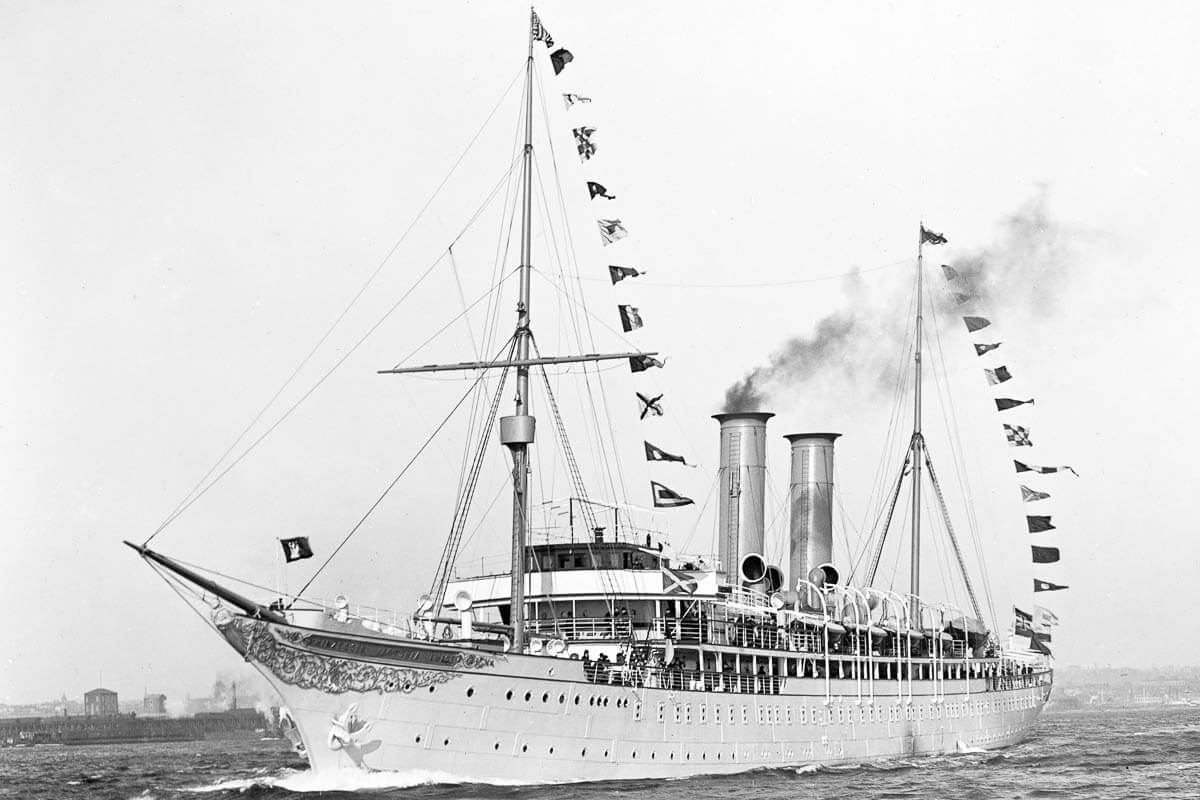
While the cruise ships we’re familiar with today are imposing vessels that often resemble floating cities, the first officially recognized cruise was somewhat different. The Prinzessin Victoria Luise set sail on her maiden voyage in January 1901 and traveled from Hamburg, Germany, to New York. A converted ocean liner, the ship was designed to encourage affluent tourists to experience pleasure cruising, which was a new concept at the time. It was a modest 52 feet wide and 407 feet long, and could host up to 180 passengers. The man behind it all, Albert Ballin, is regarded as the father of modern cruise ship travel.
One Iconic Cruise Ship Is Now a Hotel

The Queen Mary ocean liner first hit the Atlantic Ocean in 1936, with luxury facilities like the ones more common on today’s cruise ships, such as pools and a beauty salon. After it was retired in 1967, the ship and its art deco decor were repurposed into a floating hotel. (According to legend, the hotel is quite haunted, too.)
Cruise Ships Have Been Used as Emergency Shelters

When Hurricane Katrina devastated New Orleans in 2005, the Federal Emergency Management Agency (FEMA) contracted with Carnival Cruise Line for two luxury cruise liners, the Ecstasy and the Sensation, to dock in the city to provide emergency lodging. (A third liner docked in Alabama and Mississippi.) Many displaced residents were wary — “I've seen enough water,” said one — but thousands of city workers and their families who had to remain in the area for work were able to bunk down in the cabins.
Royal Caribbean Has Robot Bartenders

Bars on cruise ships get really busy — and cruises are always coming up with new attractions. So, naturally, Royal Caribbean introduced a novel way to serve drinks faster. Robot bartenders, each just a single arm, can mix up to two drinks per minute. Passengers order their beverages on a tablet, and when each drink is done, the robot sets it on a slider and sends it down the bar.
Pets Get Their Own Quarters on the Queen Mary II

The Queen Mary II, the last ocean liner still in service, has a special draw for people traveling with pets. While furry friends aren’t allowed in the staterooms for humans, dogs and cats get their own fancy kennels under the watchful eye of a dedicated staff. The trip, which runs around $1,000 per kennel, even includes a photo shoot of your pet in a festive little bellhop hat and jacket.
The World’s Largest Cruise Ship Is Almost Four Football Fields Long
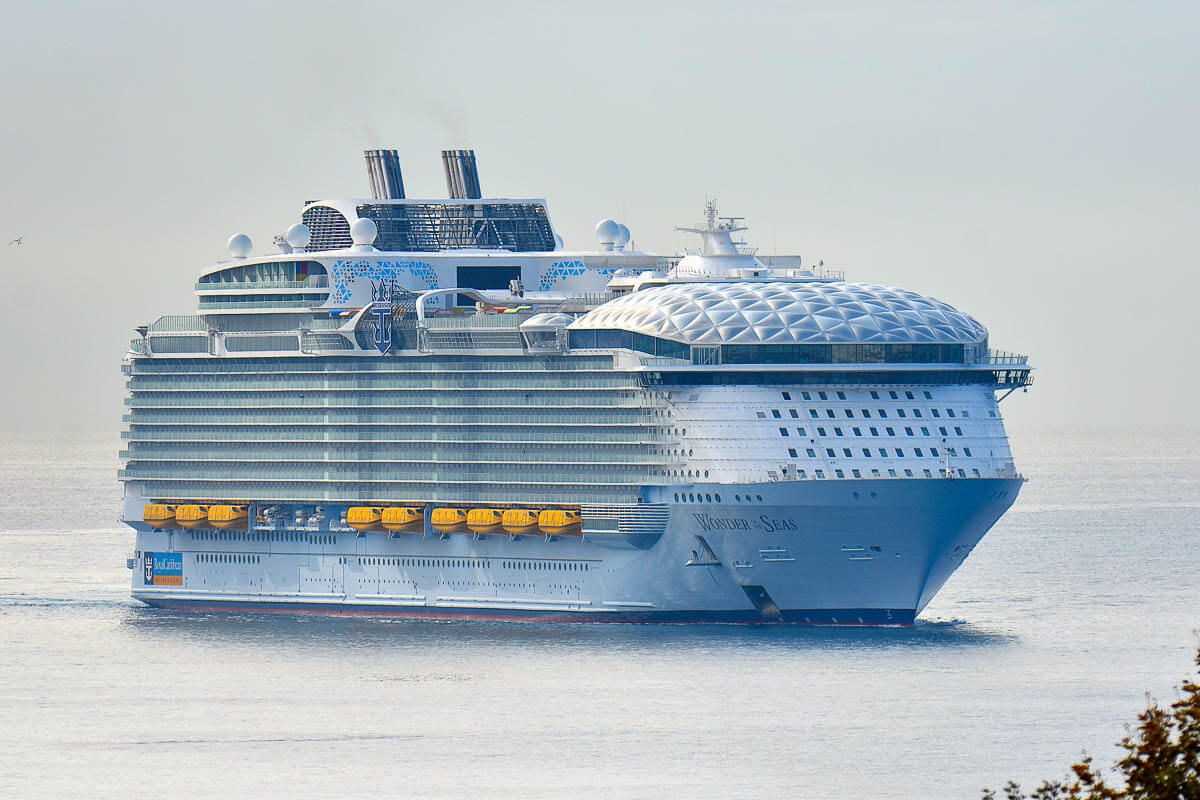
Today’s cruise ships have come a long way from their humble beginnings — they’ve turned into colossal ships that welcome thousands of passengers on board at a time. As of early 2022, the largest in the world is Royal Caribbean’s Wonder of the Seas. It stretches 1,188 feet long, which is equivalent to about four football fields, or twice the height of the Washington Monument. That’s not the only impressive fact, either: The 18-deck ship has a capacity for 6,988 guests, more than 30 dining venues, amenities like a zip line and rock climbing wall, and seven distinct themed neighborhoods. Yes, neighborhoods on a boat — it really is a floating city.
Crew Members Often Communicate Via Secret Code Words
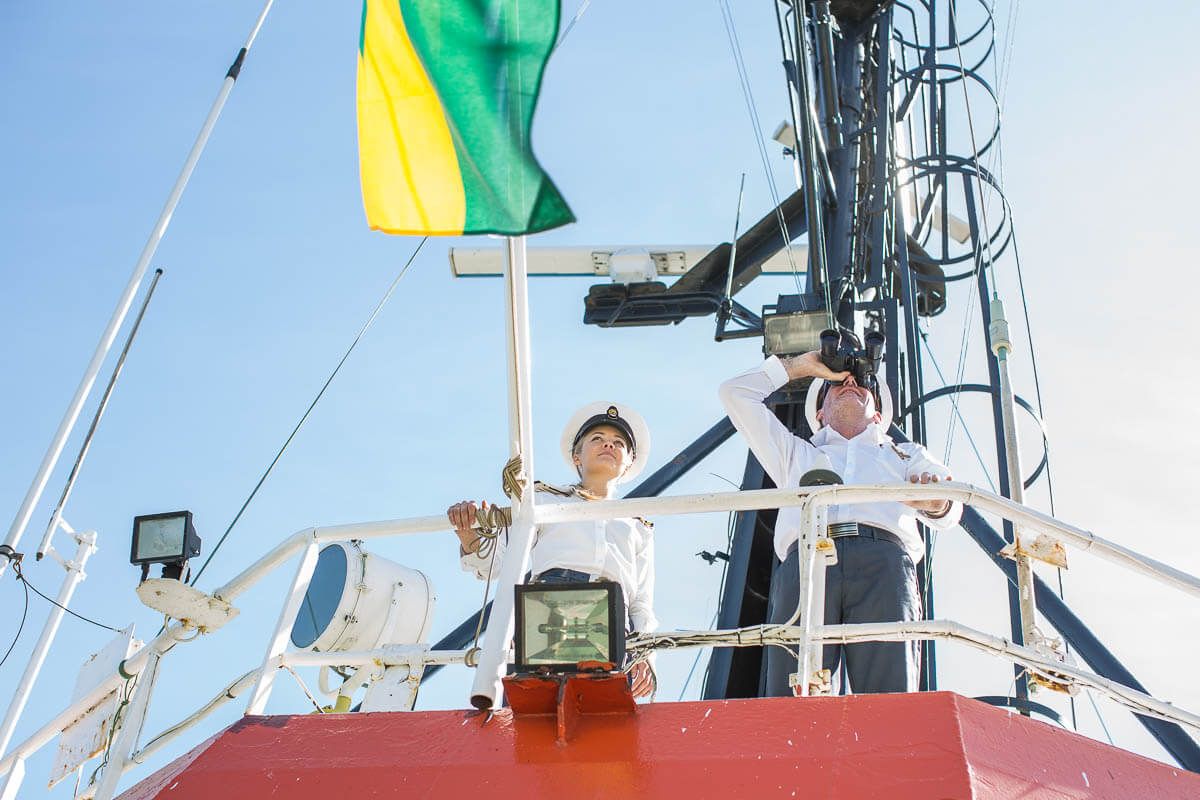
Anyone who's ever been on a cruise might have heard crew members speaking in what seems like riddles. That’s because, just like medical staff and soldiers, they use special code words to communicate situations and emergencies. For example, “alpha” or “sierra” means a medical emergency, and “bravo” means that there’s a fire onboard. In the event of someone going overboard, the word “oscar” is used on Royal Caribbean ships in particular. Other commonly heard codes are “30-30,” which is a call for maintenance to clean up a mess, and “PVI,” which is an abbreviation to indicate a public vomiting incident.
Cruise Ship Anchors Weigh the Equivalent of a Few Elephants
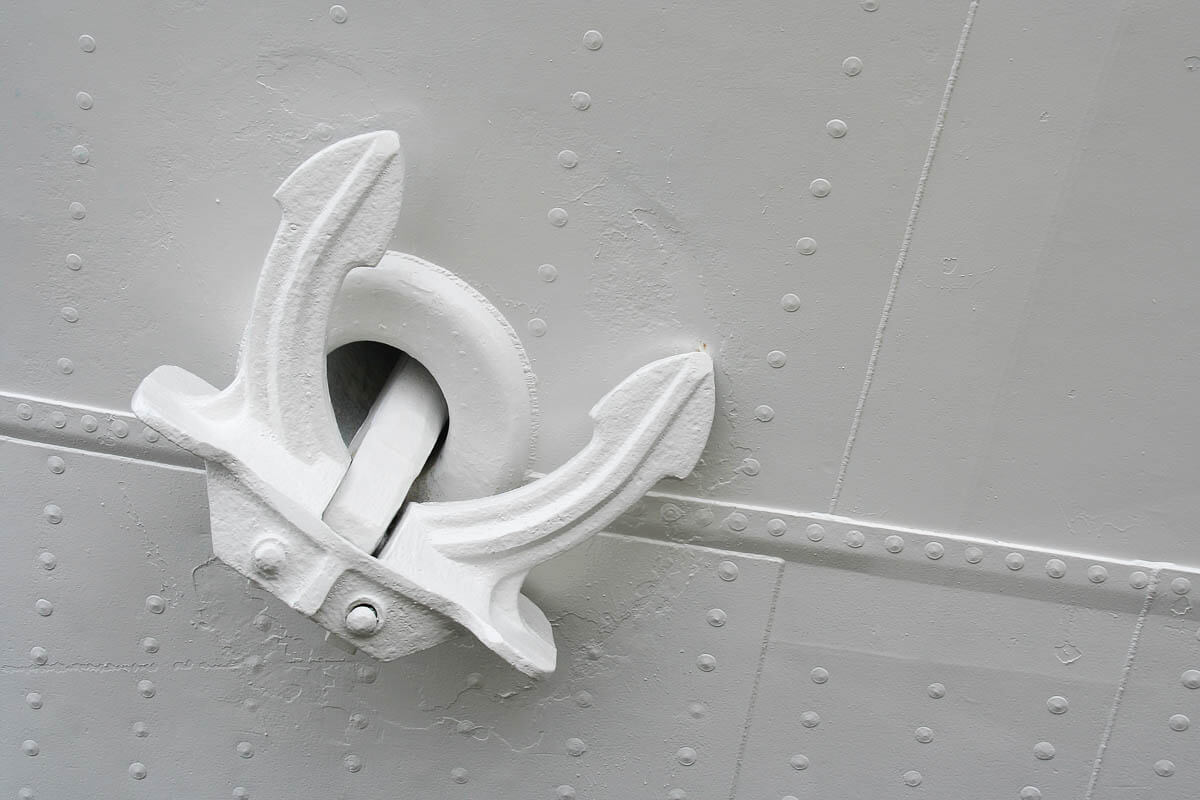
In order to protect the seabed and ecosystem, cruise ships drop anchor only when completely necessary. When the need does arise, ships drop their huge corrosion-resistant metal anchors with the help of extra-long chains. The anchors themselves can be anywhere from 10 to 20 feet long and weigh between 10 and 20 tons. To put the weight in perspective, male African elephants weigh two to seven tons. With advancements in technology, the anchor could one day be a thing of the past. Some modern ships are already using a computer-controlled system called dynamic positioning (DP) to maintain their positions.
It’s Possible to Live Full Time on a Cruise Ship
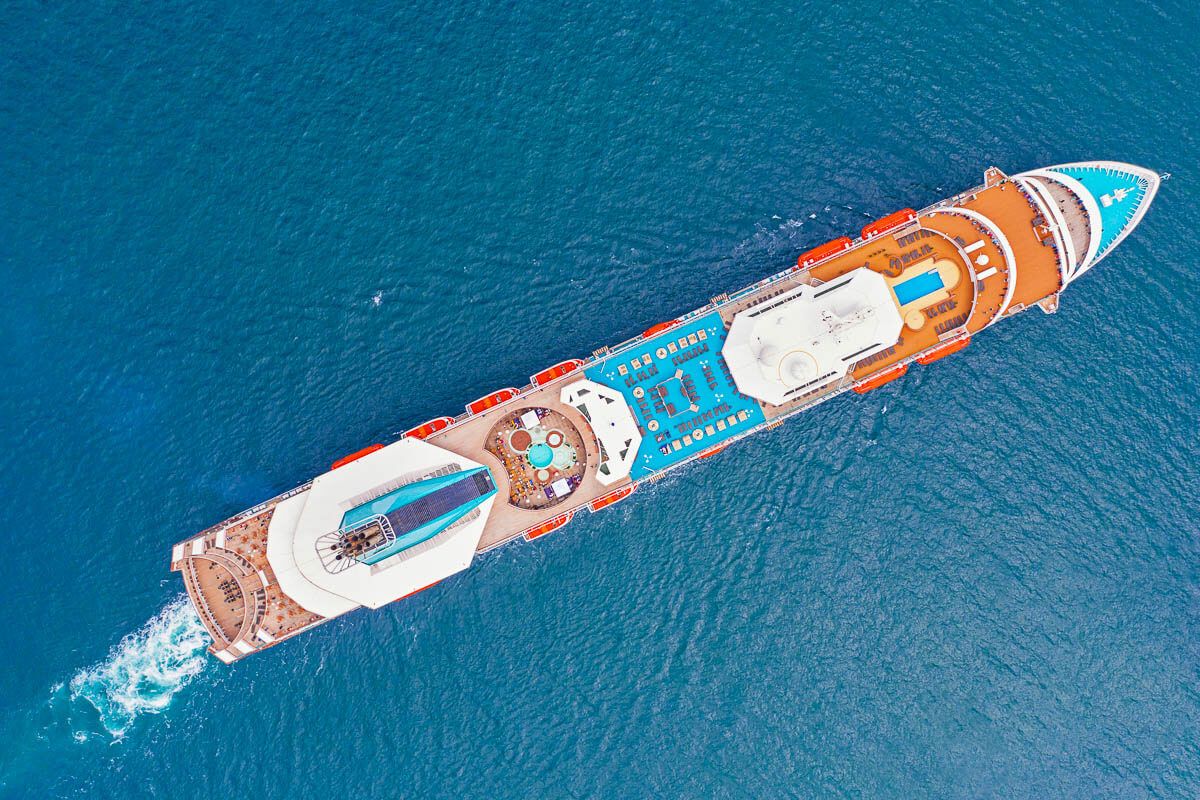
A life at sea isn’t for everyone, but some passengers hop on a cruise and make it their home — from anywhere from a few months at a time to buying a permanent residence. Long-term cruising is particularly popular among budget-savvy retirees. Many compare it to the cost of living in a retirement home and find it more economical. Aside from the obvious fact that one of these options is at sea, the two have notable similarities such as meals, organized activities, and room cleaning. Some cruisers jump from one ship to another, and others stay on the same ship constantly. For an upscale option, The World is the world’s largest private residential ship, with 165 permanent residences onboard.
